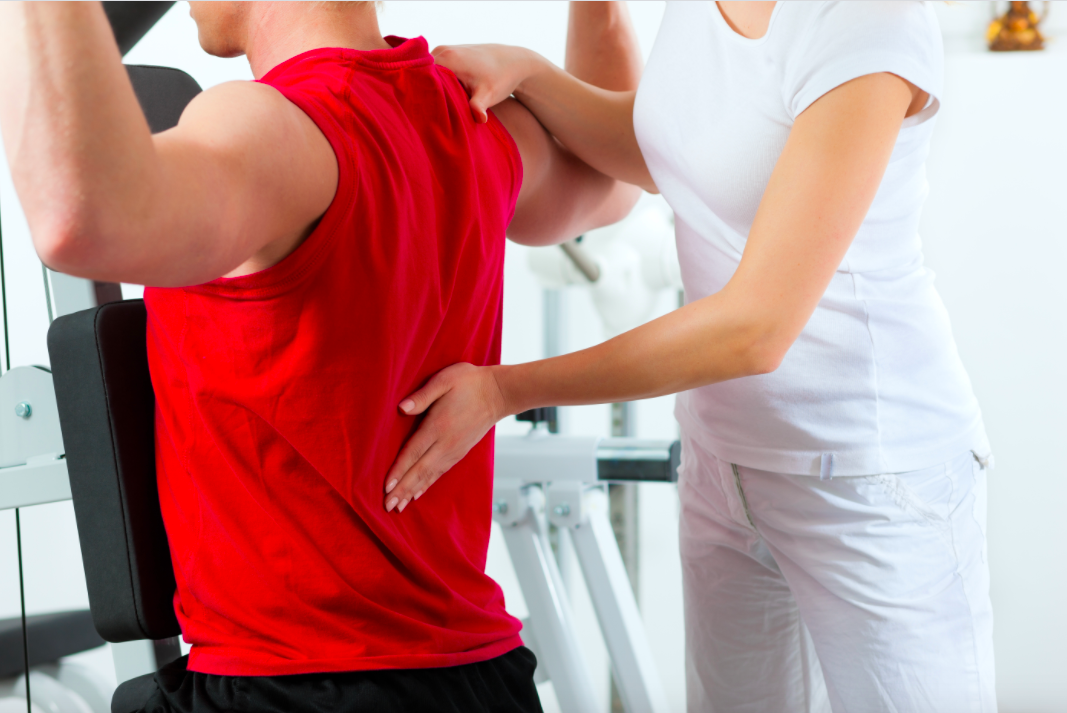News
Four of the Best Exercises to Alleviate Myofascial Pain

As we’ve explained in this newsletter series, myofascial pain syndrome is a common condition that can affect any muscle in the body, but the muscles of the upper back, neck, and shoulder region have a particularly high risk of being involved. The deep, aching pain and stiffness that results from the characteristic trigger points in myofascial pain syndrome often then go on to impair one’s mobility and reduce quality of life in the process.
If you happen to notice symptoms that could be related to myofascial pain syndrome, it’s important to realize that this is a very treatable condition that responds well to many interventions. Targeted exercises are generally regarded as a mainstay of treatment and one of the best initial steps you can take if you’re dealing with upper back pain. When performed correctly and regularly, these exercises will increase the strength and flexibility of the muscles often associated with myofascial pain, thereby alleviating pain over time.
“WITY” exercises
We strongly recommend a set of four exercises that are usually referred to by the acronym “WITY.” This title is a reflection of body’s position during each exercise, which resembles one of each of these four letters when being performed. All four exercises are to be done while you lie flat with your stomach on the ground, either on the floor, a workout bench, or the edge of a bed, so that your arms can move freely. You can do these exercises with a light weight (1-2 lbs.) or with no weights, and you should aim to perform about 2-3 sets of 10-12 repetitions for each exercise:
- “W”
- Muscles targeted: rhomboids and middle trapezius
- How to perform: your arms will resemble a “W” at the start of this motion. For this exercise, raise your arms out so they are perpendicular with the spine; your elbows bent at 90 degrees, and your arms are rotated so your palms face down. Raise your arms and squeeze your shoulder blades together as far as you can while keeping your elbows bent.
- “I”
- Muscle targeted: Latissimus dorsi and mid-back muscles
- How to perform: your arms will resemble an “i” at the starting point of this motion with your elbows straight and at your sides to start. Your shoulder blades together as you lift your arms behind you towards the ceiling; your shoulder blades should guide your movement while keeping your arms close to your body,
- “T”
- Muscles targeted: posterior deltoids, rhomboids, and middle trapezius
- How to perform: hold your arms out to your side, making a 90-degree angle with your body, and have your palms facing the ground; squeeze your shoulders together as you raise your arms up as far as you can go, and then back down to the ground; your body will resemble a “T” for the entirety of this exercise
- “Y”
- Muscle targeted: lower trapezius
- How to perform: start with your arms above your head and slightly out to the side on an angle to create the shape of a “Y”; point your thumbs up and use your shoulder blades to lift your arms up to the ceiling as high as possible; there should not be much shrugging involved when performing this exercise
For additional guidance on how to properly perform the WITY exercises, click here or here (WITY exercises start around 3:32) to watch physical therapist-led instructional videos. These exercises should provide some relief for your myofascial pain, but if you’re still experiencing painful limitations, a physical therapist can also help by setting you up with a personalized treatment program to address your condition. We will discuss the role of physical therapy for myofascial pain syndrome in our next post.
Disclaimer:
The information in the articles, posts, and newsfeed is intended for informational and educational purposes only and in no way should be taken to be the provision or practice of physical therapy, medical, or professional healthcare advice or services. The information should not be considered complete or exhaustive and should not be used for diagnostic or treatment purposes without first consulting with your physical therapist, occupational therapist, physician or other healthcare provider. The owners of this website accept no responsibility for the misuse of information contained within this website.
 MOMENTUM FITNESS
MOMENTUM FITNESS